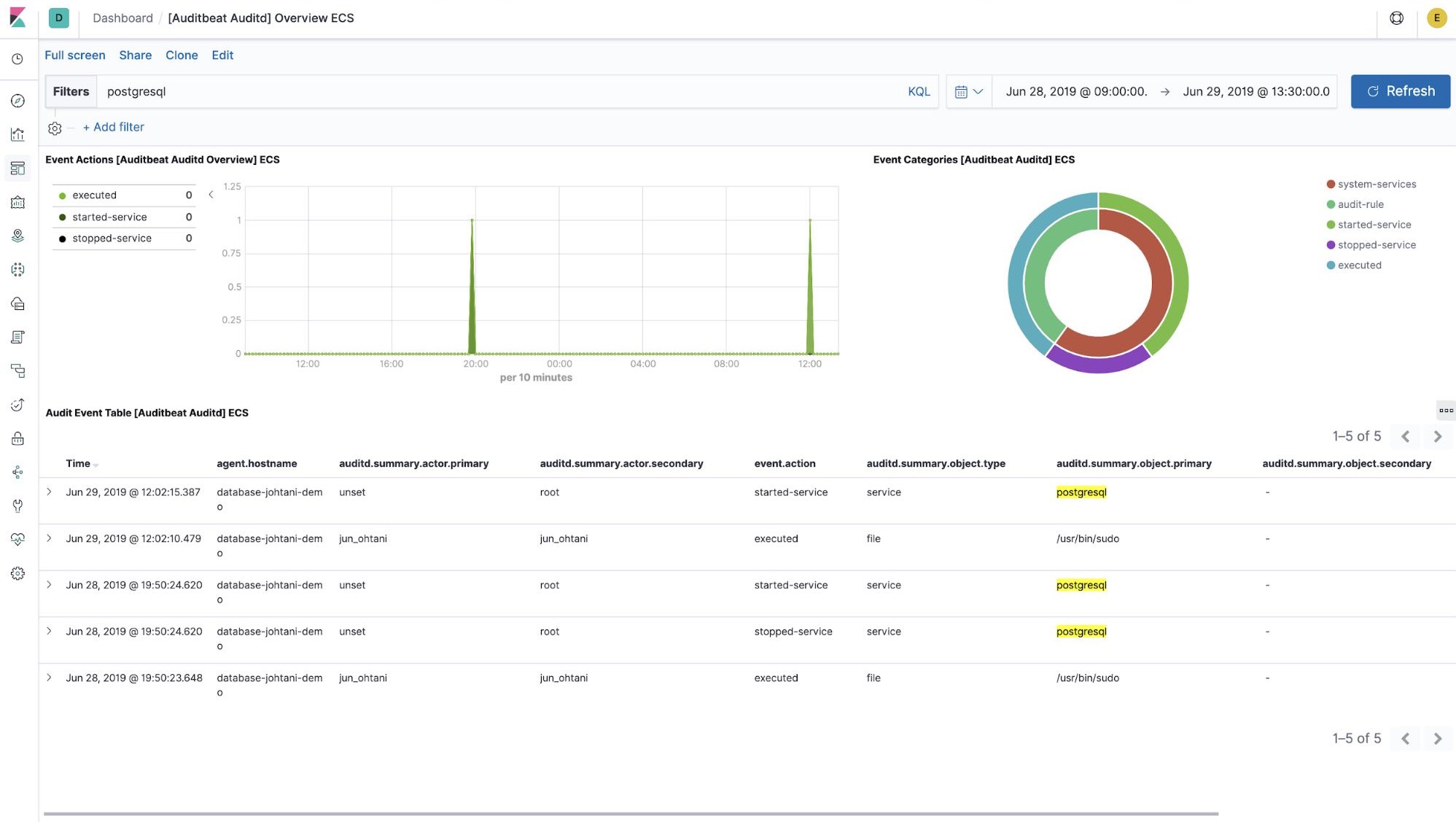
#Ruby process monitor pdf#

Roo implements read access for all common spreadsheet types.Googling doesn't help either because the name 'eye' is rather pretty general.
#Ruby process monitor how to#
I'm completely clueless how to use it, links in the wiki are either non-existant or lead to Chinese/Japanese sites. :~$ eye load ~/eye/puma.eye working_dir '/home/deploy/eye/processes' is invalid I'm using Puma on my production machine, when trying to install the gem as standalone gem on the server, copying the puma.eye from examples, I get following error: Stop_command 'kill -9 /deployment/? Is it supposed to be in my app? There is no such folder. sample.rb -d -pid 2.pid -log sample2.log' Stdall 'sample1.log' # ensure the CPU is below 30% at least 3 out of the last 5 times checked sample.rb' # when no stop_command or stop_signals, default stop is # default `restart` command is `stop start` Pid_file '1.pid' # pid_path will be expanded with the working_dir

Trigger :flapping, times: 10, within: 1.minute, retry_in: 10.minutesĬheck :cpu, every: 10.seconds, below: 100, times: 3 # global check for all processesĬhain grace: 5.seconds # chained start-restart with 5s interval, one by one. Stdall 'trash.log' # stdout,err logs for processes by defaultĮnv 'APP_ENV' => 'production' # global env for each processes

Working_dir File.expand_path(File.join(File.dirname(_FILE_ _), %w)) # except `env`, which merging down # uid "user_name" # run app as a user_name (optional) - available only on ruby >= 2.0 # gid "group_name" # run app as a group_name (optional) - available only on ruby >= 2.0 Logger '/tmp/eye.log' end # Adding applicationĮye.application 'test' do # All options inherits down to the config leafs. Config exampleĮxamples/test.eye (more examples) # load submodules, here just for example I hope we've succeeded, we're using eye in production and are quite happy. We wanted the features of bluepill and god, with a few extras like chains, nested configuring, mask matching, easy debug configs We wanted something more robust and production stable. We have used god and bluepill in production and always ran into bugs (segfaults, crashes, lost processes, kill not-related processes, load problems, deploy problems. Little demo, shows general commands and how chain works:


 0 kommentar(er)
0 kommentar(er)
